Time has captivated humanity since the dawn of civilization. Our ancestors tracked the sun’s journey across the sky, invented sundials and water clocks, and eventually created mechanical timepieces worn on the body. This led to portable, personal timekeeping devices like stopwatches that we now take for granted.
The history of timekeeping tools is filled with ingenuity, experimentation, and a relentless pursuit of precision. Let’s explore the major milestones that brought us from stone sundials to split-second stopwatches.
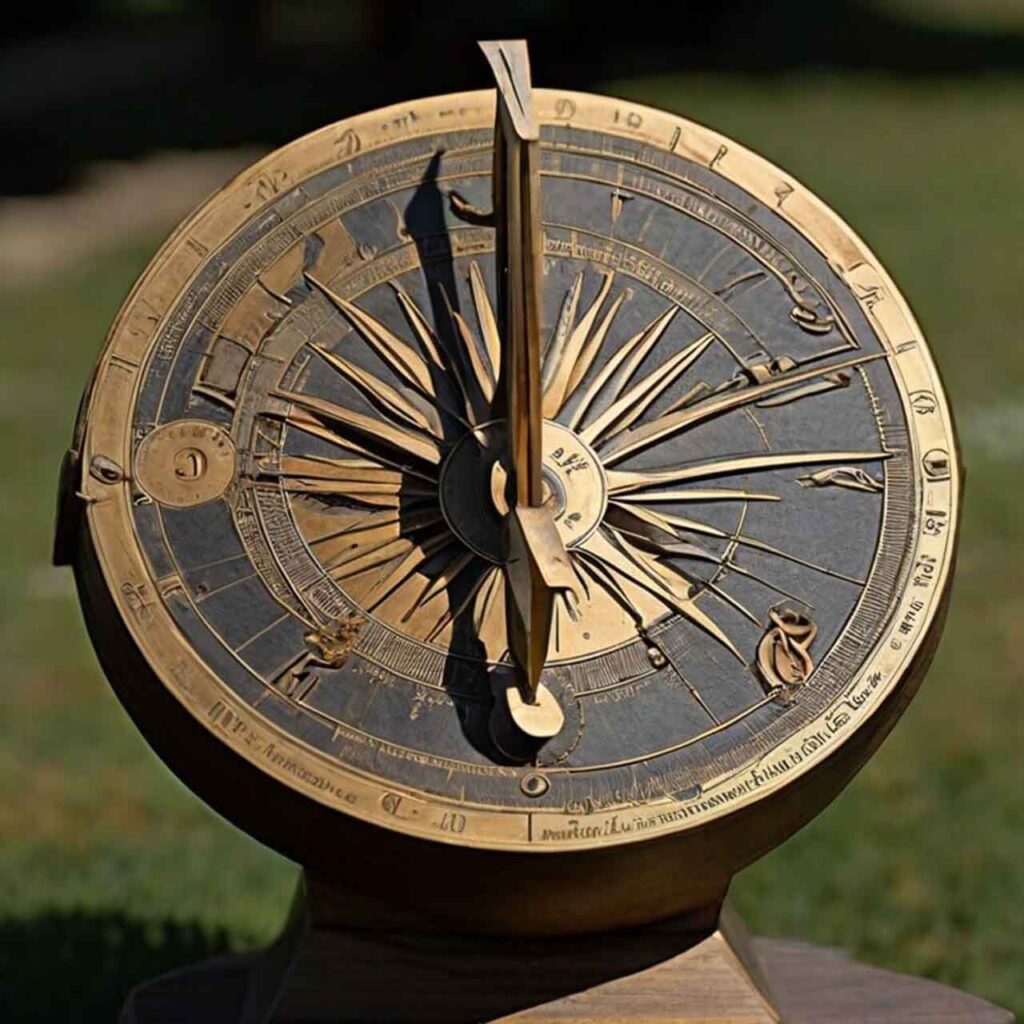
Early Timekeeping Methods
The oldest known timekeeping devices are sundials, which use the sun’s motion to display time. Ancient examples date back over 5,000 years to ancient Egypt, Babylon, and Bronze Age Britain. Sundials cast shadows aligned to timelines marked for hours or seasons.
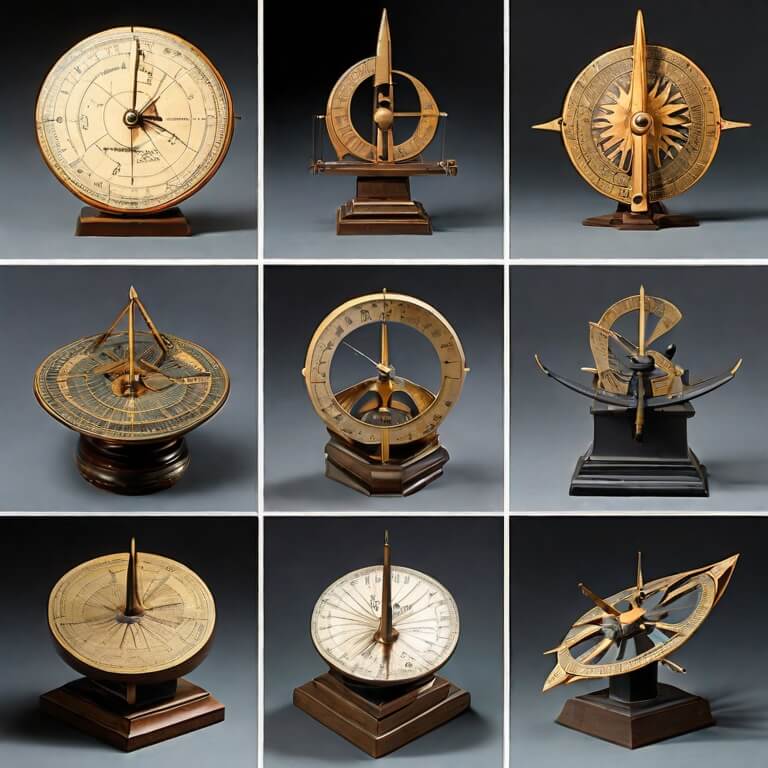
Water clocks offered another early timekeeping solution starting around 1500 BCE in Egypt. These measured outflows of water from a container with markings to denote hours or minutes. The inflows were regulated to keep time uniform.
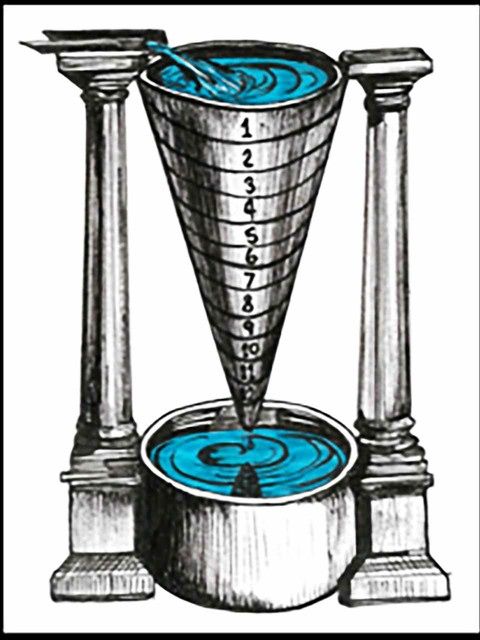
Candle clocks appeared in China by the 6th century CE. They used candles marked in increments; as the candles slowly burned down, the elapsed time could be determined. Hourglasses functioned similarly, tracking flowing sand.
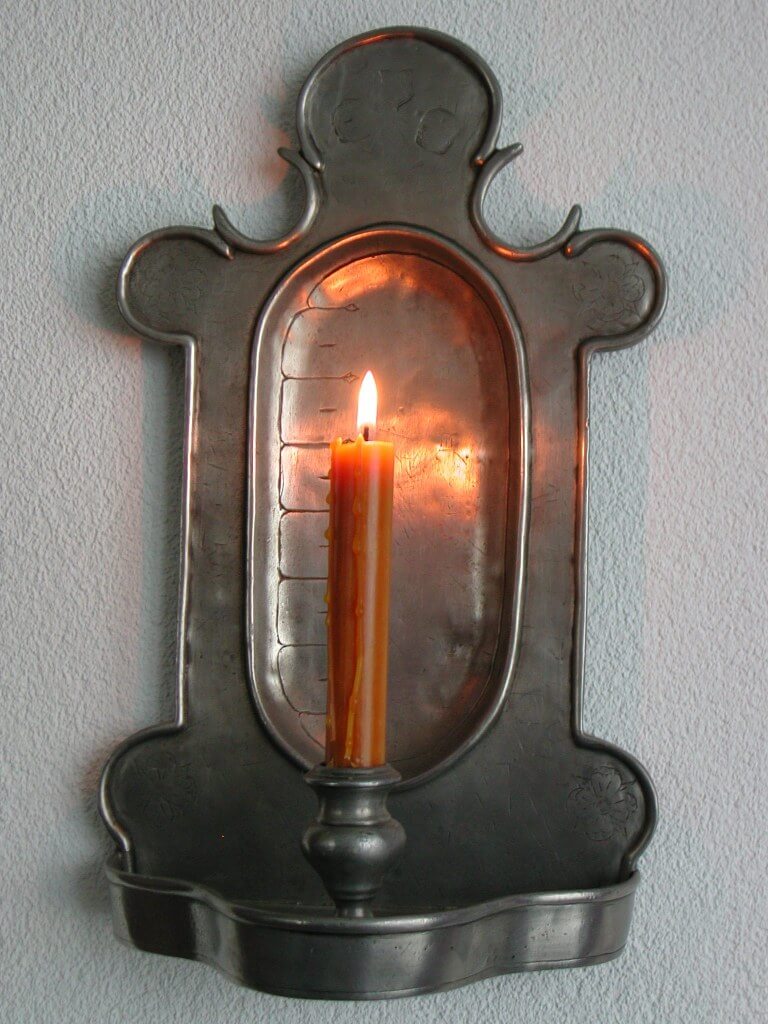
These methods provided useful time data but had limitations like weather dependence and resetting hassles. By the 14th century, Europeans hungered for accurate, portable timepieces. This drove intense innovation in mechanical clockwork.
The First Mechanical Clocks
In the early 1300s, monumental tower clocks began appearing in town squares and clock towers across Europe. Their inner mechanisms used complex gear systems and escapements to push hands around dials.
Weight-driven clocks exemplified by Big Ben gave way to spring-powered clocks in the 15th century. These revolutionary springs enabled smaller table clocks and large pocket watches. Now people could carry personal time with them outside the home.
Key innovations like the verge escapement and fusee improved pendulum swings and motion transfer while ensuring uniform force from the mainspring. Decorative house clocks became status symbols among the wealthy in the Baroque era.
Emergence of the Watch
Peter Henlein built one of the first miniaturized spring-driven clocks small enough to wear in 1510, marking the advent of the watch. Early wristwatches were exclusively women’s jewelry with little accuracy.
Watchmaking exploded as an industry in the 1600s in Britain and Switzerland. Advances like the balance spring for regulators and jeweled bearings boosted performance. Watch cases evolved from pendants to pocketwatches to wristwatches over two centuries.
By the mid 1600s, minute hands were added allowing more precise time readout. Highly ornate, handcrafted pocket watches reflected wealth and refinement. They remained predominant through the 1700s.
John Harrison’s marine chronometer enabled precise navigation in the 1730s. Widespread production enabled average people to own watches by the early 1800s. Railroads drove demands for standardized timekeeping in the mid-1800s.
Stopwatches Arrive
Stopwatches trace their origin to Louis Moinet’s “compteur de tierces” in 1816, recognized by Guinness as the first stopwatch. This pioneering timer was accurate to 1/60th of a second, far exceeding its time.
Stopwatches measure elapsed time and allow timing multiple intervals while resetting to zero. These capabilities were added through innovations like the split-second hand and reset button in the 1800s.
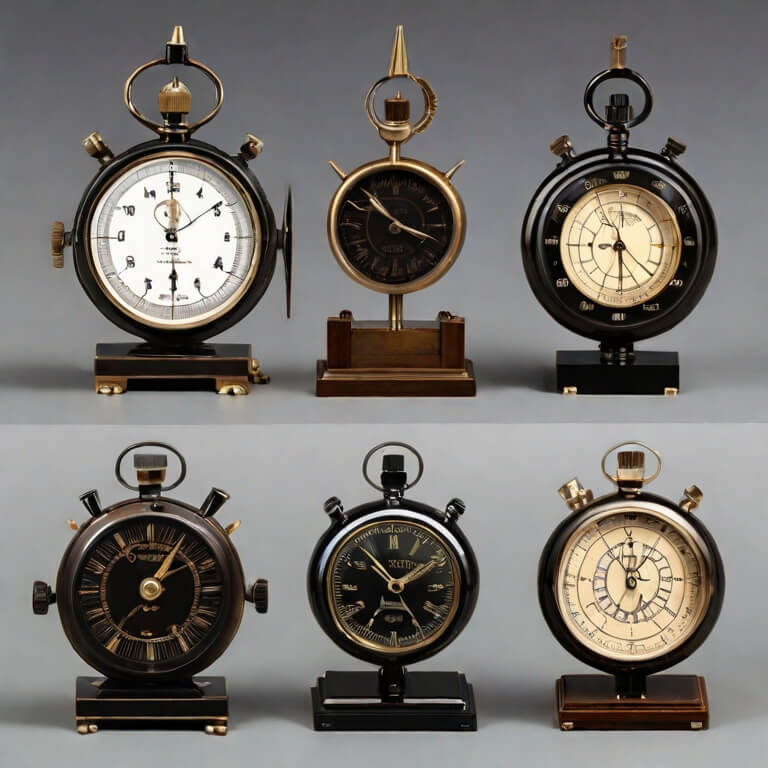
Early stopwatches had huge technical challenges like maintaining accuracy under timing loads. Lugrin’s patented stopwatch mechanism overcame this in 1876, enabling stopwatches within wristwatches.
The first wristwatch chronographs soon followed from companies like Longines and Heuer. Tiffany & Co released one of the first American stopwatch chronographs in 1879. Dashboard chronographs also appeared in vehicles.
Military and Sports Driving Evolution
Artillery officers used stopwatches extensively in the late 1800s to calculate shell flight times. Sports like horse racing, yachting, and auto racing relied on stopwatches to clock competitor times as they became professionalized.
Watch companies responded with increasingly specialized chronograph models. Large pomme hands improved readability while tiered subdials tracked minutes, hours, and continuous seconds simultaneously.
The early 20th century saw stops and flyback functionality for easier timekeeping. Luminous radium hands and dials aided night timing until radioactive risks emerged. Waterproof screw-down pushers followed for aquatic sports.
Quartz Revolution
The 1970s quartz crisis nearly decimated the Swiss watch industry. Affordable battery-powered quartz watches provided far better accuracy than mechanicals. Digital displays with multiple timers and modes proved highly useful.
Many Swiss watchmakers folded, but brands like Rolex and Omega persevered, emphasizing luxury craftsmanship. Mechanical watches enjoyed a renaissance among connoisseurs. New composites like carbon fiber and ceramics improved sports watches.
Today mechanical chronographs with column wheel construction and vertical clutch coupling represent the pinnacle of fine watchmaking. Recently, high-frequency movements have enabled 1/10th and 1/100th of a second precision.
Innovations like the Flyback continue improving functionality. Smartwatches with integrated phone connectivity and fitness tracking have also grown popular. But traditional mechanical stopwatches and chronographs retain their enduring appeal.
Using Stopwatches Today
While largely supplanted by mobile phones, and internet tools like stopwatchcounter.com, dedicated stopwatches continue serving key niches today thanks to advantages like tactile buttons, readout clarity, ruggedness, and extended battery life.
Coaches and athletes across various sports heavily rely on stopwatches to time drills, sets, and intervals while monitoring performance.prebuilt inte They prove especially useful when timing multiple subjects simultaneously. Bold markings and lap memory make reviewing splits straightforward.
Scientists, doctors, and researchers use stopwatches to quantify experiments, procedures, and observations. Divers depend on waterproof stopwatches in their underwater adventures. Industrial uses include operational testing, inspections, and audits.
Stopwatch Features and Use Tips
With 1000’s of stopwatch models available, let’s overview key features and usage best practices:
- Lap and split functions to store and analyze multiple intervals
- Tachymeters for calculating speed from travel time
- Alarm or vibration indicators for split notifications
- Luminous hands and marks for low-light visibility
- Graphic displays with time of day and date stamps
- Printers to output hard copies of results
- Look for easy-press buttons, even under diving gloves
- Keep stopwatches on lanyards during activities for quick access
- Use phone apps as backup timekeeping with audio lap alerts
- input competitor names or drill IDs to log sessions
- Periodically calibrate against atomic clocks for accuracy
Stopwatches will always hold historical significance as a breakthrough in portable precision timekeeping. Though outpaced by technology, their simplicity, reliability, and tactility ensure stopwatches remain a vital training tool across sports, science, industry, and everyday projects.
